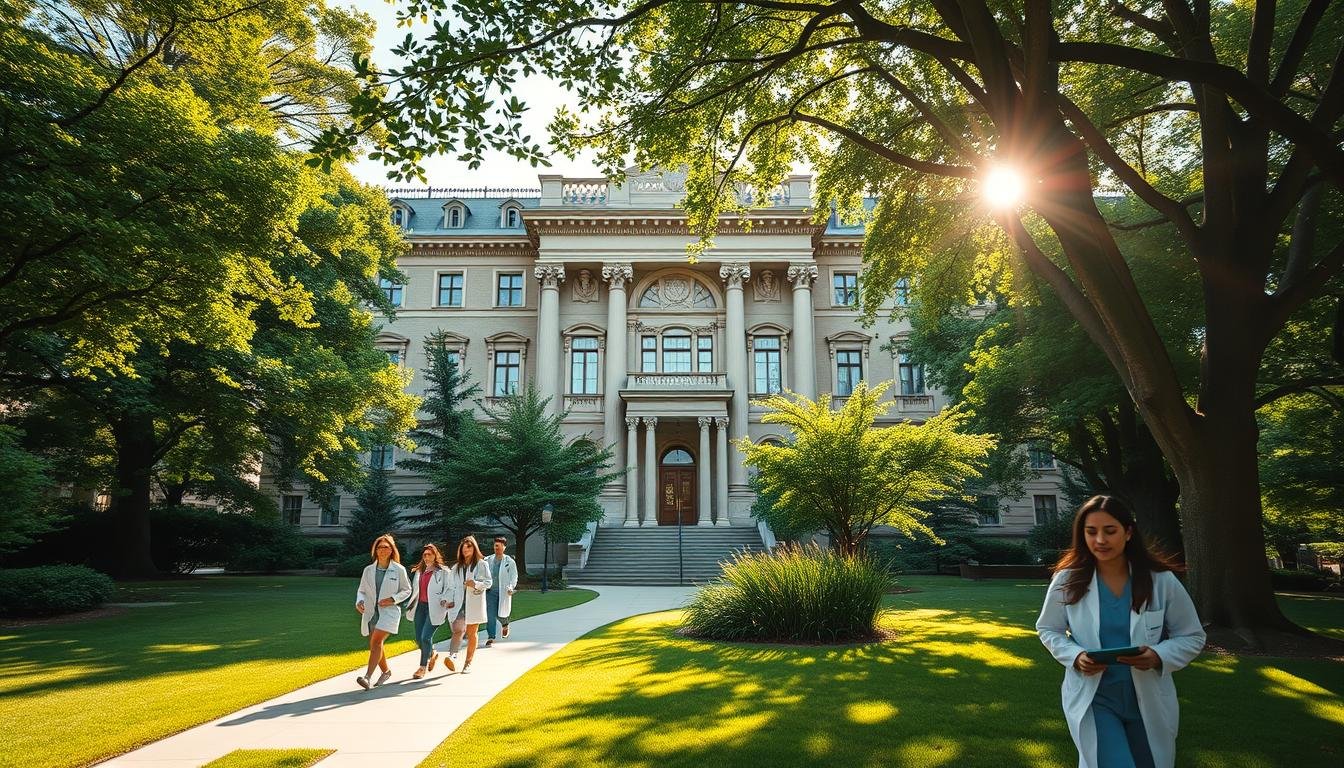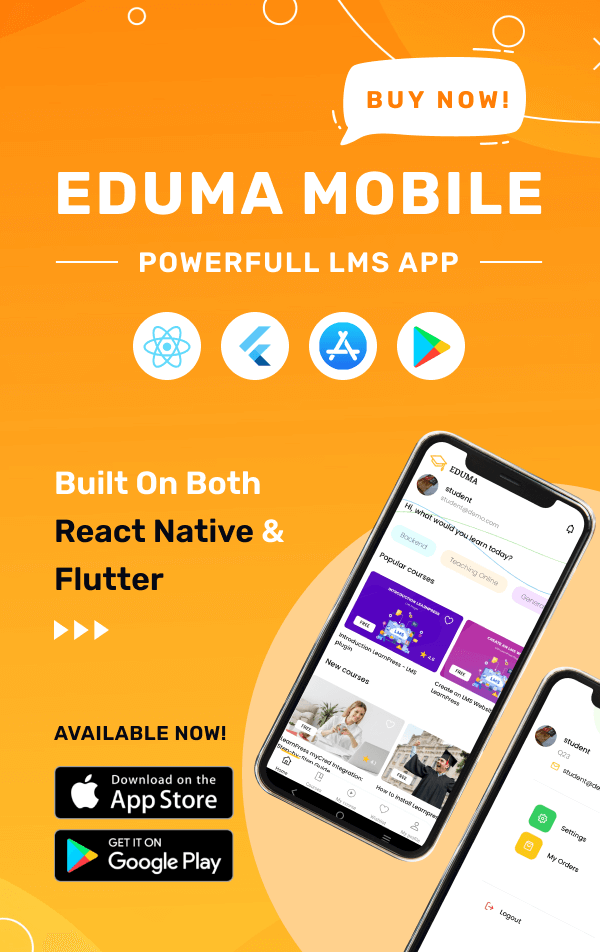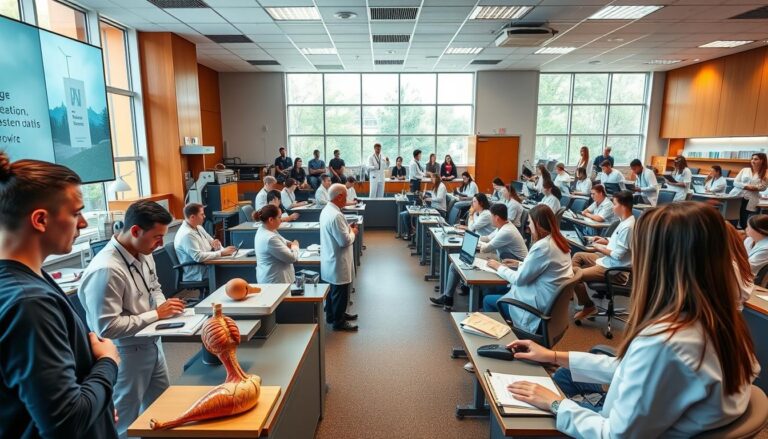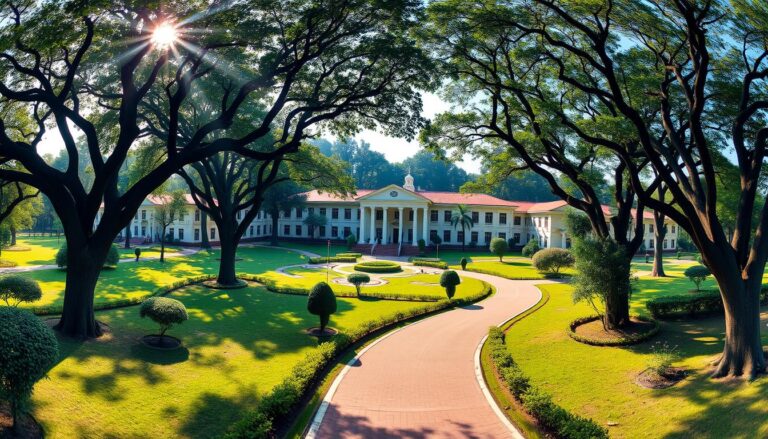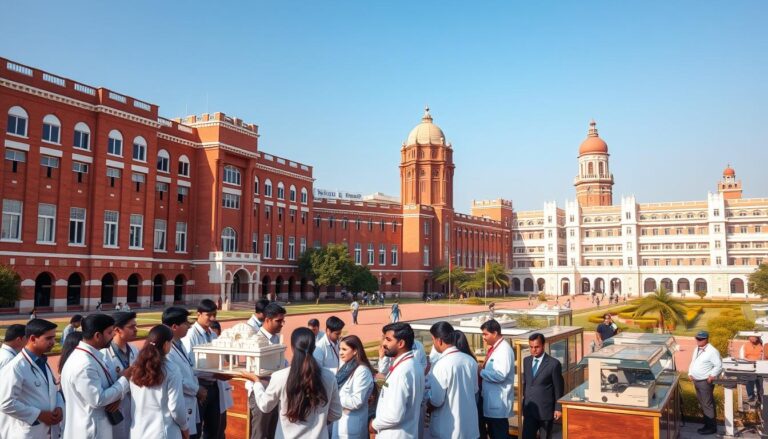Did you know some of the best institutions for clinical training and placements aren’t the ones you hear about most often? While top-tier names dominate conversations, there are lesser-known schools in India that deliver exceptional results. These hidden gems often rival their more famous counterparts in infrastructure, academic rigor, and alumni success.
Take Madras Medical College and King George’s Medical University, for example. Both rank highly in NIRF rankings, yet they don’t always get the spotlight they deserve. With over 700 institutions across the country, many of these schools offer world-class facilities and training that prepare students for real-world challenges.
What makes these institutes stand out? It’s their commitment to excellence, innovative teaching methods, and strong industry connections. If you’re exploring options, it’s worth looking beyond the usual names. You might just find a perfect fit that offers everything you need for a successful career in medicine.
Why Consider Underrated Medical Colleges in India?
Many students overlook institutions that offer exceptional training and outcomes. While top-tier names dominate conversations, lesser-known schools provide unique advantages. These institutions often deliver quality education, hands-on experience, and strong placement records.
The Hidden Advantages of Lesser-Known Institutions
One major benefit is affordability. For example, Madras Medical College charges ₹87,230 per year, while AIIMS Delhi costs just ₹6,865. However, private institutions like Kasturba Medical College can charge up to ₹17 lakhs annually. State-subsidized fees make these schools accessible to more students.
Another advantage is lower NEET cutoff scores. Sri Ramachandra Medical College requires a score of 375, compared to AIIMS’s 665. This makes admission more achievable for many aspirants. Additionally, these schools often offer unique specializations, like tropical medicine at CMC Vellore.
How These Colleges Compare to Top-Ranked Alternatives
When it comes to postgraduate placements, lesser-known institutions hold their own. JIPMER Puducherry boasts a 78% placement rate, close to AIIMS Delhi’s 82%. Students also benefit from reduced competition for clinical experience, ensuring more hands-on learning opportunities.
| Institution | Annual Fees (₹) | Placement Rate |
|---|---|---|
| AIIMS Delhi | 6,865 | 82% |
| Madras Medical College | 87,230 | 75% |
| Kasturba Medical College | 17,00,000 | 80% |
Choosing a lesser-known institution doesn’t mean compromising on quality. These schools offer excellent training, affordable fees, and strong career prospects. For students seeking a balanced approach to medical education, they are worth considering.
Underrated Medical Colleges India: Top Picks for MBBS Aspirants
Exploring lesser-known institutions can open doors to exceptional opportunities in medical education. These schools often provide unique advantages, from diverse clinical exposure to robust research programs. Let’s take a closer look at three standout options for MBBS aspirants.
Government Medical College and Hospital, Chandigarh
Ranked 26th in the NIRF 2023 rankings, GMCH Chandigarh is a premier institute medical known for its excellence. With a 98% surgery internship completion rate, students gain hands-on experience in a high-pressure environment. The college medical sciences also boasts a strong research output, publishing over 127 papers annually.
Gandhi Medical College, Bhopal
Gandhi Medical College stands out for its partnership with the 850-bed Hamidia Hospital. This collaboration ensures students encounter a wide range of clinical cases, often exceeding the diversity found in corporate hospitals. The institute medical is a top choice for those seeking practical, real-world training.
Madras Medical College, Chennai
With a 200-year legacy, Madras Medical College is one of the oldest and most respected medical colleges in India. It handles 1.2 million annual OPD patients, offering students unparalleled clinical exposure. The college medical sciences also features a state-of-the-art trauma care center, making it a leader in emergency medicine.
These institutions prove that exceptional training and outcomes aren’t limited to the most famous names. For MBBS aspirants, they offer a blend of affordability, diverse clinical exposure, and strong research opportunities.
Exceptional Clinical Exposure at These Institutions
Clinical exposure is a cornerstone of medical education, and some institutions excel in providing it. For example, King George’s Medical University in Lucknow handles over 18,000 emergency cases monthly. This ensures students gain hands-on experience in high-pressure environments.
Jawaharlal Nehru Medical College offers a unique advantage with its 1:5 student-to-cadaver ratio. This allows for in-depth anatomical studies, a critical part of medical courses. Similarly, Seth GS Medical College in Mumbai provides 24/7 emergency rotations, giving students early exposure to real-world challenges.
Rural outreach programs in 12 states through AIIMS satellites further enhance learning. These initiatives expose students to diverse healthcare settings, preparing them for varied medical scenarios. Subspecialty exposure, often rare in early curriculum phases, is another highlight at institutions like Stanley Medical College.
Trauma management training at Level I centers ensures students are well-prepared for emergencies. With such comprehensive clinical exposure, these schools equip future doctors with the skills needed to excel in their careers.
Affordable Education Without Compromising Quality
Affordable education doesn’t mean compromising on quality, especially when it comes to pursuing an MBBS degree. Many institutions offer excellent training at a fraction of the cost of premier colleges. Let’s explore how these schools make quality education accessible.
Fee Structures Compared to Premier Colleges
When comparing fees, the difference is striking. For example, CMC Vellore charges ₹52,830 per year, while private MBBS institutions like Kasturba Medical College can cost up to ₹17 lakhs annually. Here’s a quick comparison:
| Institution | Annual Fees (₹) |
|---|---|
| CMC Vellore | 52,830 |
| Kasturba Medical College | 17,00,000 |
| Madras Medical College | 87,230 |
State-subsidized fees make these schools a viable option for many students. This affordability ensures that financial constraints don’t hinder access to quality education.
Scholarship and Financial Aid Opportunities
Financial aid programs further reduce the burden. For instance, BHU-associated colleges offer an 85% fee waiver for SC/ST candidates. Other opportunities include:
- State-sponsored scholarships covering hostel costs.
- Installment plans at institutions like Madras Medical College.
- Alumni-funded grants for research projects.
- 100% tuition reimbursement for top 5% NEET scorers.
For those considering international options, public universities in Germany offer MBBS programs with no tuition fees for EU citizens and affordable rates for non-EU students. Scholarships like DAAD and Heinrich Boll Foundation provide additional support.
Affordable education is within reach, and these opportunities ensure that students can focus on their studies without financial stress. By exploring these options, you can find a program that fits your budget and career goals.
State-Wise Distribution of Underrated Medical Colleges
India’s diverse regions host a variety of institutions that excel in medical education. Each state offers unique opportunities, ensuring students have access to quality training. Let’s explore the regional distribution of these centers.
Tamil Nadu leads the way, hosting 14% of India’s government medical colleges. This southern state is a hub for aspiring doctors, offering excellent infrastructure and clinical exposure. Other regions also contribute significantly to the list of top institutions.
Maharashtra boasts a cluster of 12 colleges, including BJMC Pune and Topiwala National Medical College. These centers are known for their robust training programs and diverse patient cases. Similarly, the southern hub of Kerala and Karnataka features 8 institutions, providing students with a mix of traditional and modern medical practices.
The North-East is emerging as a key region for medical education. AIIMS Guwahati, with its 250 annual MBBS seats, is a prime example. Uttar Pradesh’s corridor includes 6 colleges, offering over 1,200 combined seats. UT Chandigarh stands out with its dual advantage of GMCH and PGIMER, providing students with unparalleled resources.
| State/Region | Number of Colleges | Annual Intake |
|---|---|---|
| Tamil Nadu | 14% of government colleges | Varies by institution |
| Maharashtra | 12 | 1,500+ |
| Kerala & Karnataka | 8 | 1,000+ |
| North-East | 1 (AIIMS Guwahati) | 250 |
| Uttar Pradesh | 6 | 1,200+ |
| UT Chandigarh | 2 | 300+ |
This state-wise distribution ensures that students across India have access to quality education. Whether in the South, North, or North-East, these institutions provide the training needed for a successful medical career.
Admission Process for Underrated Medical Colleges
Understanding the admission process for these institutions can simplify your journey to becoming a doctor. The process involves meeting NEET score requirements, participating in counseling, and securing a seat through state-specific systems. Let’s break it down step by step.
NEET Score Requirements
NEET scores are the primary criterion for admission. While top-tier institutions demand higher scores, many schools have more accessible cutoffs. For example, Sri Ramachandra Medical College requires a score of 375, compared to AIIMS’s 665. This makes admission achievable for a broader range of aspirants.
State-specific cutoffs also vary. Tamil Nadu’s self-financing colleges often set lower thresholds, making them a viable option for many students. It’s essential to check the latest cutoff trends for your preferred institutions.
Counselling and Seat Allocation
Counseling is a critical step in the admission process. The Medical Counseling Committee (MCC) handles 15% of All India Quota (AIQ) seats, while state authorities manage the remaining 85%. Each state has its own system, so understanding the process is crucial.
For instance, Tamil Nadu follows a 7-round counseling system, ensuring maximum seat allocation. Maharashtra reserves 65% of seats for domicile candidates, prioritizing local students. Special quotas are also available for applicants from Jammu and Kashmir.
Document verification timelines vary across states, so staying updated is key. Spot admission procedures are often used to fill vacant NRI seats, providing additional opportunities.

| State | Counseling Process | Key Features |
|---|---|---|
| Tamil Nadu | 7-round system | Maximum seat allocation |
| Maharashtra | 65% domicile reservation | Priority for local students |
| Jammu & Kashmir | Special quotas | Additional opportunities |
By understanding these processes, you can navigate the admission journey with confidence. Whether it’s meeting NEET requirements or participating in state-specific counseling, each step brings you closer to your dream of becoming a doctor.
Infrastructure and Facilities You Might Not Expect
When it comes to advanced facilities, some institutions go beyond expectations. From state-of-the-art labs to innovative learning tools, these centers are redefining what it means to have top-tier infrastructure. Let’s explore some of the surprising amenities that set them apart.
At Gandhi Medical College, students benefit from VR anatomy labs. These labs allow for immersive learning, making complex concepts easier to grasp. Similarly, telemedicine centers serve over 600 villages, providing students with real-world experience in remote healthcare delivery.
AI-powered library systems are another standout feature. With access to 50,000+ e-journals, students can dive deep into their research. AIIMS Jodhpur’s ₹87 crore simulation lab is a game-changer, offering hands-on training in a controlled environment.
Recreational facilities are equally impressive. Olympic-sized swimming pools at four campuses promote physical well-being. On-campus blood banks with mobile units ensure students are part of life-saving initiatives from day one.
| Institution | Facility | Impact |
|---|---|---|
| Gandhi Medical College | VR Anatomy Labs | Enhanced learning experience |
| AIIMS Jodhpur | Simulation Lab | Practical training in a controlled environment |
| Multiple Campuses | Olympic-Sized Pools | Promotes physical health |
| Various Institutes | AI-Powered Libraries | Access to extensive research resources |
These facilities not only enhance learning but also prepare students for real-world challenges. Whether it’s cutting-edge labs or recreational spaces, these institutions are setting new standards in education.
Alumni Success Stories from These Institutions
The success of alumni from these institutions speaks volumes about their quality of education. Graduates have gone on to achieve remarkable milestones, shaping the future of healthcare globally. Their stories inspire current students and highlight the value of these schools.
For instance, a Madras Medical College alum now leads WHO Southeast Asia, driving impactful health policies. Another graduate from GMCH developed a low-cost neonatal ventilator, saving countless lives in resource-limited settings. These achievements reflect the practical training and innovative mindset fostered at these institutions.
Gandhi Medical College alumni have founded 14 rural health clinics, addressing healthcare gaps in underserved areas. A researcher from Madras Medical patented a dengue diagnostic kit, revolutionizing disease detection. These contributions underscore the real-world impact of their education.
Since 2010, eight Rhodes Scholars have emerged from these schools, showcasing their academic excellence. Their alumni networks span 37 countries, creating opportunities for collaboration and growth. This global reach enhances the value of their degrees.
| Institution | Alumni Achievement |
|---|---|
| Madras Medical College | WHO Southeast Asia Leadership |
| GMCH | Low-Cost Neonatal Ventilator |
| Gandhi Medical College | 14 Rural Health Clinics |
| Madras Medical College | Dengue Diagnostic Kit Patent |
| Various Institutions | 8 Rhodes Scholars Since 2010 |
These success stories demonstrate the transformative power of quality education. For students seeking institutions that prepare them for impactful careers, these schools are a perfect choice.
How These Colleges Perform in Postgraduate Placements
Postgraduate placements are a key measure of success for any institution. Many schools excel in securing seats for their graduates, offering a pathway to advanced careers. Let’s explore how these institutions perform in this critical area.
JIPMER Puducherry, for example, boasts a 78% placement rate for postgraduate courses. This is close to the 82% rate at AIIMS Delhi, showcasing the competitive edge of these schools. Students benefit from strong industry connections and tailored training programs.
Specialty-wise data reveals impressive outcomes. Stanley Medical College has a 92% surgery residency match rate, reflecting its focus on hands-on training. AIIMS partnerships also provide cardiology fellowships, opening doors to advanced specializations.
- USMLE coaching is integrated into six curricula, preparing students for global opportunities.
- Pharma recruitment drives offer packages of ₹18LPA, attracting top talent.
- Research assistant positions at ICMR labs provide practical experience in cutting-edge projects.
Here’s a breakdown of specialty-wise placement rates:
| Specialty | Placement Rate |
|---|---|
| Surgery | 92% |
| Cardiology | 85% |
| Internal Medicine | 78% |
| Pediatrics | 75% |
These outcomes highlight the strength of these institutions in preparing students for postgraduate success. Whether it’s through residency programs or research opportunities, they provide the foundation for thriving careers.
Common Misconceptions About Underrated Medical Colleges
There’s a lot of misinformation surrounding lesser-known institutions in the field of medicine. Many myths persist, but the reality is often far different. Let’s debunk some of the most common misconceptions with verified facts.
One major myth is that these schools have limited research output. In reality, 14 institutions with NAAC A++ ratings publish over 127 research papers annually. This shows their commitment to advancing medical knowledge.
Another misconception is outdated curricula. Many of these schools now integrate AI into their syllabi, ensuring students learn cutting-edge techniques. This modern approach prepares them for the evolving demands of healthcare.
Infrastructure is another area where these institutions excel. With investments exceeding ₹200 crore, campuses feature state-of-the-art facilities. These include advanced labs, simulation centers, and telemedicine hubs.
- Weak alumni networks? Not true. Global chapter events connect graduates across 37 countries, fostering collaboration and career growth.
- Low residency matches? The data says otherwise. An 81% postgraduate success rate proves these schools deliver results.
Here’s a quick comparison to highlight the reality:
| Misconception | Reality |
|---|---|
| Limited Research | 127+ Annual Publications |
| Outdated Curricula | AI-Integrated Syllabi |
| Poor Infrastructure | ₹200cr+ Campus Investments |
| Weak Alumni Networks | Global Chapter Events |
| Low Residency Matches | 81% PG Success Rate |
These facts show that these institutions are far from what many assume. They offer quality education, modern facilities, and strong career outcomes. For students, they represent a valuable opportunity to excel in medicine.
Tips for Choosing the Right Underrated College for You
Finding the right institution requires careful evaluation of key factors. With 320 private institutions offering over 53,000 seats, the selection process can feel overwhelming. To simplify, we’ve created an actionable framework to guide your decision-making.
Start with a 5-parameter evaluation matrix. Focus on faculty-to-student ratios, OPD numbers, infrastructure, placement records, and research opportunities. These criteria ensure you choose a school that aligns with your academic and career goals.
State-wise language preparation is another essential step. Many institutions require proficiency in regional languages for clinical interactions. Prepare accordingly to ensure smooth communication during your training.
Here’s a campus visit checklist to help you evaluate facilities:
- Check the availability of labs, libraries, and simulation centers.
- Assess hostel accommodations and recreational facilities.
- Verify the quality of teaching aids and technology integration.
- Speak with current students to understand their experiences.
Alumni mentorship programs can provide valuable insights. Connect with graduates to learn about their journeys and gain advice on navigating the admission process. Their experiences can help you make an informed decision.
Finally, optimize your NEET score to maximize your options. Focus on high-weightage topics, practice mock tests, and seek guidance from mentors. A strong score opens doors to more institutions and increases your chances of securing a seat.
By following this framework, you can confidently choose an institution that meets your needs. Remember, the right fit is about more than just rankings—it’s about finding a place where you can thrive.
Conclusion
Choosing the right institution can shape your future in healthcare. With 386 government colleges offering affordable quality education, you don’t have to compromise on excellence. These schools provide a strong return on investment, with fees as low as ₹5L compared to ₹50L at private institutions.
Students gain over 80% clinical competency parity, ensuring they are well-prepared for real-world challenges. Whether it’s hands-on training or advanced courses, these colleges deliver results that rival top-tier names.
To simplify your decision, download our comparison toolkit. It includes a checklist for application timelines and key factors to consider. For personalized guidance, explore our counseling services and discover the best fit for your career goals.
If you’re considering international options, check out NMC-approved Samarkand Medical for globally recognized programs. Your journey to becoming a healthcare professional starts with the right choice.

